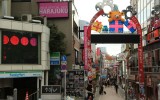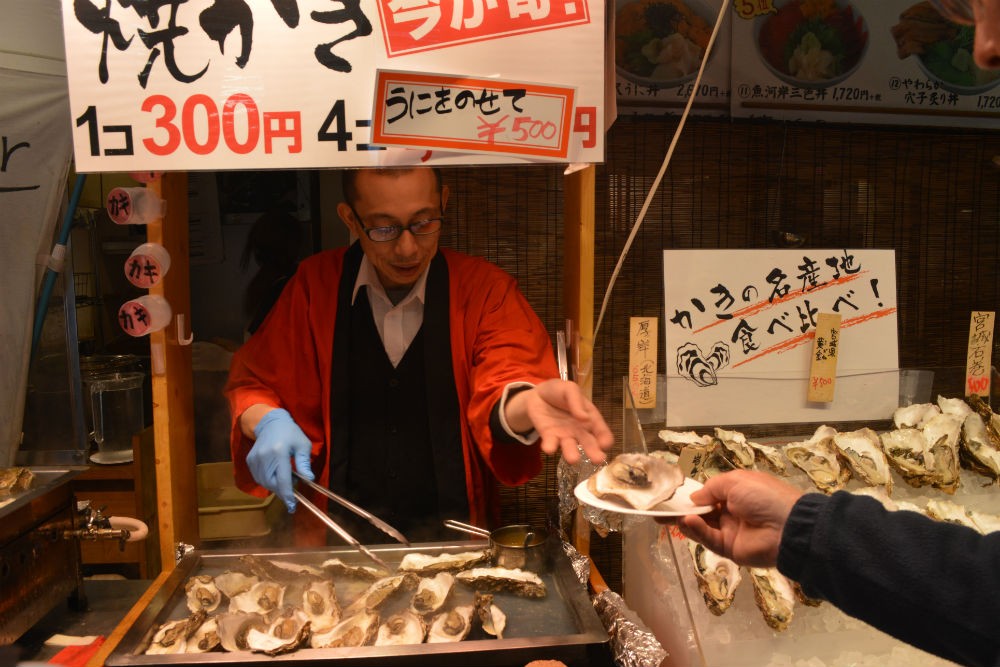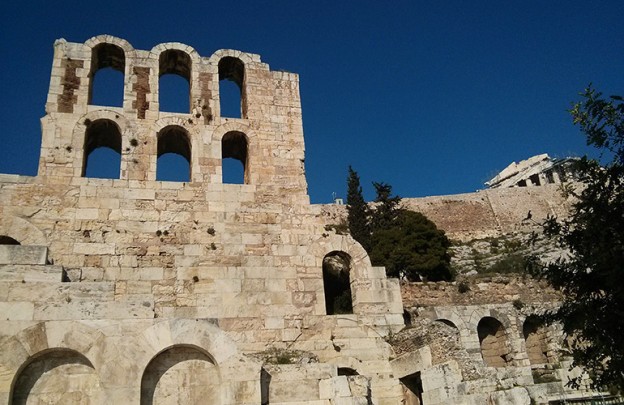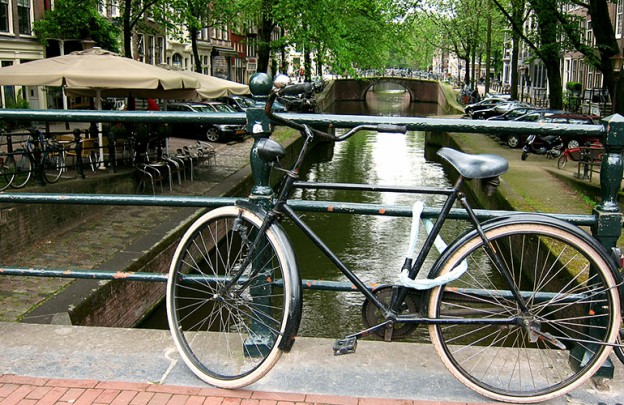An airport layover doesn’t have to mean that you’re stuck in the airport. In this series, local experts in the world’s most popular hub cities recommend sightseeing itineraries for every time frame.
If you’re passing through Istanbul, don’t miss the opportunity to get a glimpse of this city of two continents. The folks at Context Travel (a company on Wendy’s WOW List that runs cultural walking tours in cities worldwide) gave us ideas for how to spend a layover there. Just one word of warning: The hypnotic views of the Bosphorus and Golden Horn from a rooftop restaurant may make you miss your connecting flight—but would that really be the end of the world?
The Basics
U.S. citizens need a visa to enter Turkey, which you can obtain online before arrival.
How to get out of the airport: There are several ways of getting to and from Ataturk airport (IST), the international hub on the European side of the city, about 12 miles from its center. The first is the M1 metro line, which connects to other metro lines at Yenikapi, a district close to Sultanahmet. The ride takes 35 to 40 minutes and costs 4 Turkish liras (about U.S $1.35). The second option is to use Havatas, a private bus line from the airport to Taksim; buses leave every half-hour and cost TL 10-13 ($3.50-$4.50); the ride is approximately an hour. By taxi, it takes 45 minutes to an hour to get to the city’s historic center, depending on traffic. If you have limited time, a taxi is a good option, and costs around TL 40 ($14) each way, assuming that the meter is on and properly set. There are always a number of liveried taxis waiting at the airport’s international arrivals exit.
What to do with your luggage: IST offers luggage storage on the arrivals floor of both the international and domestic terminals. The daily fee is TL 20 ($7) for a suitcase, TL 30 ($10.50) for oversized bags.
Check with your airline before planning a layover in Istanbul: Some offer complimentary tours, shuttles, or hotel rooms for their passengers.

Sunset over Sultanahmet, Istanbul. Photo: Context Travel
If you have a 4-hour Layover
With fewer than six hours, it’s not worth attempting to get into Istanbul itself, but there are a couple of nearby neighborhoods where you can enjoy a meal. Atakoy Marina has several cafes and restaurants with a nice view of the Marmara Sea, including outposts of local chains Big Chefs, Midpoint, and Mado. The easiest way to get there is by taxi, for TL 10-15 ($3.50-$5).
If You Have a 6-Hour Layover
Start in the Sultanahmet neighborhood to see the Hagia Sophia; Topkapi Palace, where the Ottoman sultans lived and ruled; the Blue Mosque; and Sultanahmet Meydani (Sultan Ahmet Square, once the Hippodrome of Constantinople), home to the Serpent Column, the Column of Constantine, and the Walled Obelisk. Yenikapi is the closest metro stop to Sultanahmet, or you can switch from the metro to the tram at Aksaray, and get off the tram at the Sultanahmet stop, right near the Hagia Sophia. If you’re interested in the singular atmosphere of Istanbul’s colorful markets, don’t miss the Grand Bazaar and the Spice Bazaar. All of these sights are walking distance from each other, but it takes at least two hours to explore each one—more if you really want to get a feel for the place.
If you have enough time and energy, or if you’ve been to Sultanahmet before, spend the day wandering around Galata and Karakoy, whose winding streets are home to local designers’ shops, art galleries, and an excellent museum, the Istanbul Modern. Galata not only has a rich history but, along with Karakoy, it’s the new hub of entertainment in the city, and perfect for a flavor of up-and-coming Istanbul. (The Karakoy tram stop, three past Sultanahmet, leaves you at the bottom of the hill under the Galata Tower.)
If You Don’t Have Time to Leave the Airport
The international departure floor has many cafes and restaurants with a range of cuisines. There are a number of lounges, some of which grant day-use access for around TL 100 ($35), including snacks, alcoholic and soft drinks, WiFi, and newspapers.
More Layover Solutions:
Tokyo Airport Layovers: How to Make the Most of Them
Amsterdam Airport Layovers: How to Make the Most of Them
Beijing Airport Layovers: How to Make the Most of Them
Barcelona Airport Layovers: How to Make the Most of Them
Great Paris Hotels for an Airport Layover at Charles de Gaulle
London Heathrow Layover: Great Hotels for a Stopover at LHR
Madrid Airport Layovers: How to Make the Most of Them
Be a smarter traveler: Use Wendy’s WOW List to plan your next trip. You can also follow her on Facebook and Twitter @wendyperrin, and sign up for her weekly newsletter to stay in the know.














